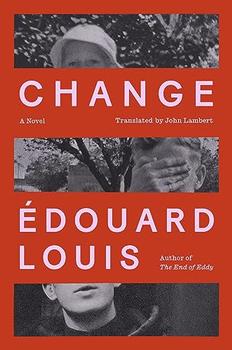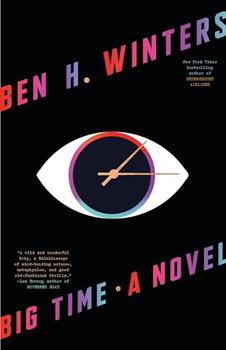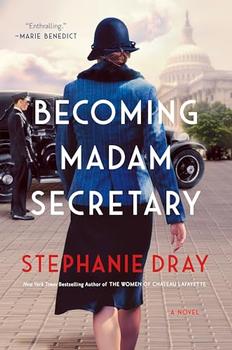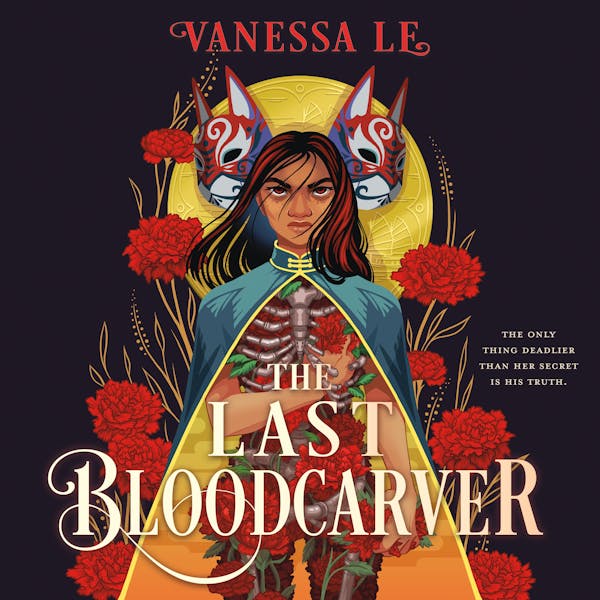Claire Jiménez discusses her debut novel, What Happened to Ruthy Ramirez.
This is a novel about family, but the three sisters are its heart. What was important for you to represent in this portrait of sisterhood?
I was interested in how often siblings who have grown up with each other share an inside vocabulary and reference points, how sometimes they can communicate complicated emotions or ideas without even using words. (This goes back to my understanding of how silence shapes voice.) Some of that bond feels unnamable, even mysterious, but it is a definite force. The Ramirez sisters fight, but they also love each other fiercely.
What Happened to Ruthy Ramirez walks the tightrope of grief and hope in what is a powerful balancing act. How did you consider both of these elements while writing the novel?
I thought carefully about each character's relationship to grief and how that sits in their body and transforms the way they see the world. Nina's response, her cynicism, her insistence that Ruthy ran away is a defense mechanism—even her humor is at times a way to deflect. Jessica's hope comes from a deep place of guilt, and the enormous sense of responsibility you feel for your younger sisters when you are the oldest. And the mother's grief was the most difficult for me to write. It took many revisions to nail down her voice. And I don't think I fully understood her until I became a mother myself. The difficult part for me was depicting these emotions without becoming overly sentimental, because sentimentality, too, can cheapen what these characters are going through. Grief is one of the hardest emotions to write.
At times, I thought seriously about rising critiques over the last decade of the trauma narrative, both from within and outside my own community of readers and writers. These critiques always lead with the argument that writers of color are increasingly selling their trauma to white readers and editors for individual profit. This is a somewhat valid critique of the ways in which the publishing industry became fixated over the last decade on selling the same story over and over again. In other ways, it is a dangerous argument, because it can discourage writers of color from dealing directly with the injustice that has birthed the trauma in their communities.
The urge to separate ourselves from the "trauma narrative" has often produced stories sanitized of any real conflict, where we are forced to turn our characters into role models and saints. This is a fantasy. And as Puerto Rican writer Melissa Coss Aquino has written before in the beautiful essay "Hablando Por un Tubo y Siete Llaves or My Life Is Not a Stereotype, and Neither Am I, Though We Both Fit the Bill," sanitizing our experiences to "uplift our people" in the eyes of white audiences is an act of "public relations" as opposed to art. She explains, "And art is not public relations."
What is the most enjoyable part and least enjoyable part of the writing process for you?
I love that beginning draft. It makes me think of the reasons why I began writing—the joy of play, of inventing different characters and making them speak to each other. The least enjoyable part of writing I think is the anxiety of knowing that your story will be read by other people.
Puerto Rican heritage and culture is a very significant aspect of the novel. What felt most important to you when portraying your Puerto Rican characters?
Though this novel employs a great deal of humor, it also takes seriously the ways in which US-Puerto Rico colonialism has consequences for even those Puerto Ricans living in the diaspora who have inherited the trauma and the violence of displacement and migration.
The women in this narrative, each in her own way, privately experience the impact of that history in their present-day lives. Writing this book, I also frequently thought about the absence of Puerto Rican stories in US literature. Puerto Rican voices of the diaspora and the archipelago are often marginalized, in a way that resembles how Ruthy's story is overlooked. (In this way, this book is very much about storytelling and voice.)
There are many great pop culture references sprinkled throughout the novel from music, TV, to fashion. Did you take inspiration from any of your favorite pieces of media when you began writing?
Oh, yes! I loved writing about the nineties, about TLC and Mariah Carey. I think that's mostly because I grew up then and most of us feel deeply connected to the decade in which we came of age. I also incorporated different references to salsa music I grew up listening to, songs played at baptisms, birthday parties, and long road trips: Music really helps me better remember certain moments in time and is a useful tool for all writers.
While writing this book, I was particularly drawn to the phenomenon of the reality television show at the beginning of the millennium. I saw the fictionalized show Catfight as a microcosm of the ways in which Black and brown women are depicted in popular culture. More broadly, reality television seems to reveal a peculiar American desire to witness people being humiliated, sometimes in the most violent of ways. We see this obsession play out in TV shows like The Bad Girls Club, Love and Hip Hop, and The Housewives franchise—the hair pulling, the whole tables flipped over, the dishes thrown across the room, etc. I was curious about what this ugliness reveals about our culture, especially when Black and brown women's bodies become the sites of that spectacle and violence. I also intentionally use my fictionalized TV show to generate tension and magnify the question of what is real and what is performed, connecting that to the family's quest to discover who Ruthy really is/was.
What do you hope readers will take away from the novel?
I want readers to feel the way I do when I finish a good book. When I'm reading an amazing poem or novel, I often talk to myself. You'll hear me muttering and shaking my head, saying, "Goddamn, this is good." It's like finishing an excellent meal. I guess what I'm saying is that I want my readers to be moved and for it not only to bring them back to their own stories and experiences, but also to open up something in their world.
Unless otherwise stated, this interview was conducted at the time the book was first published, and is reproduced with permission of the publisher. This interview may not be reproduced or reprinted without permission in writing from the copyright holder.





The Funeral Cryer by Wenyan Lu
Debut novelist Wenyan Lu brings us this witty yet profound story about one woman's midlife reawakening in contemporary rural China.
Your guide toexceptional books
BookBrowse seeks out and recommends the best in contemporary fiction and nonfiction—books that not only engage and entertain but also deepen our understanding of ourselves and the world around us.